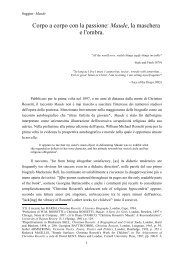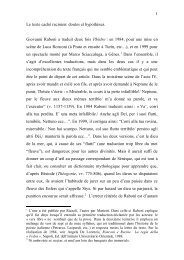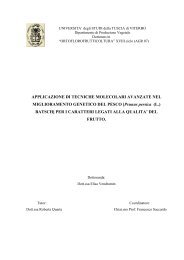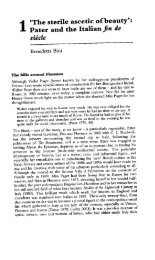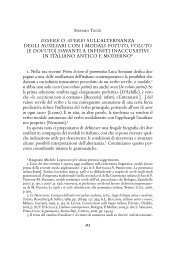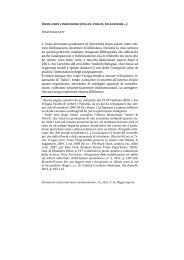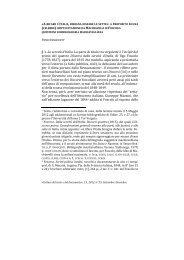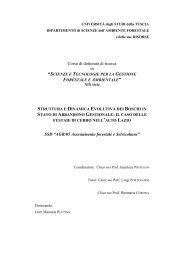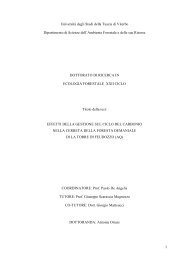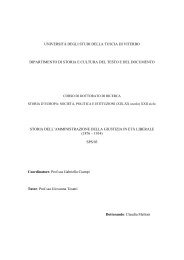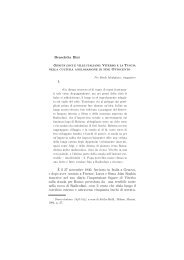drivers of soil respiration of root and microbial ... - Unitus DSpace
drivers of soil respiration of root and microbial ... - Unitus DSpace
drivers of soil respiration of root and microbial ... - Unitus DSpace
Create successful ePaper yourself
Turn your PDF publications into a flip-book with our unique Google optimized e-Paper software.
154<br />
100%<br />
80%<br />
60%<br />
40%<br />
20%<br />
0%<br />
85% 13%<br />
June July September<br />
Ra<br />
Rmic<br />
95%<br />
Fig. 5 Results <strong>of</strong> partitioning obtained by combined <strong>soil</strong> induced <strong>respiration</strong> method.<br />
The final result showed a significant variation in the contribution <strong>of</strong> <strong>root</strong> <strong>and</strong> <strong>microbial</strong><br />
<strong>respiration</strong> during the growing season. In September the <strong>soil</strong> CO2 efflux was represented mostly by<br />
<strong>microbial</strong> <strong>respiration</strong>, while in July the major part was respired by <strong>root</strong>s.<br />
The results <strong>of</strong> two partitioning techniques, performed in 2007 were pooled together (Fig.6).<br />
Soil <strong>respiration</strong> components showed similar patterns. In June no difference were observed in <strong>root</strong><br />
<strong>and</strong> <strong>microbial</strong> <strong>respiration</strong> between two techniques. In July the estimated values <strong>of</strong> <strong>microbial</strong>-derived<br />
<strong>respiration</strong> were equal, but the <strong>root</strong> component was three-folds higher in Combined SIR method. In<br />
September on the contrary, no difference was observed in the assessment <strong>of</strong> <strong>root</strong>-derived <strong>respiration</strong><br />
but increased <strong>microbial</strong> component given by Combined SIR. However, the general seasonal<br />
dynamic <strong>of</strong> both <strong>root</strong>- <strong>and</strong> <strong>microbial</strong>- derived <strong>respiration</strong> was quite similar between both techniques.<br />
To check the presence <strong>of</strong> the lateral flow <strong>of</strong> C in the <strong>root</strong>-free <strong>soil</strong> <strong>of</strong> the mesh bags, the<br />
surrounding <strong>soil</strong> was labeled in a 13 CO2 atmosphere. For these purposes a special chambers for<br />
trapping <strong>of</strong> the respired CO2, which fit the size <strong>of</strong> the meshes were constructed. The details <strong>of</strong> the<br />
labeling procedure are described in Chapter 3. The trapping <strong>of</strong> the CO2 was performed twice: 1 <strong>and</strong><br />
4 hours after the label introduction. The results are shown in figure 7. The background signature <strong>of</strong><br />
the CO2 respired from the mesh bags was in the magnitude <strong>of</strong> -20 o /oo, already one hour after the 13 C<br />
signature rose up to -10 o /oo with the following decrease on the fourth hour <strong>of</strong> the chase period. Its<br />
worth to note that the labeling zone was covering the <strong>soil</strong> only from one side <strong>of</strong> the meshes, which<br />
means that the observed values could be underestimated.




